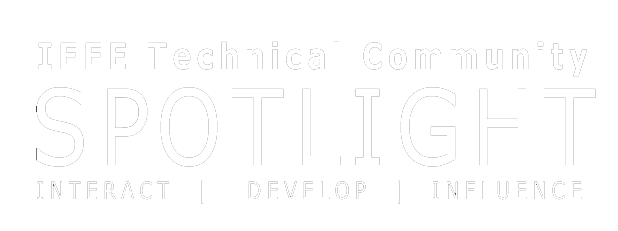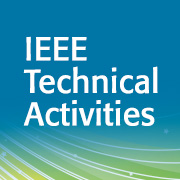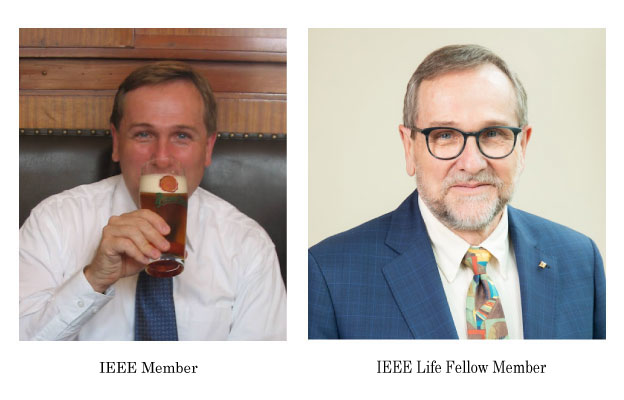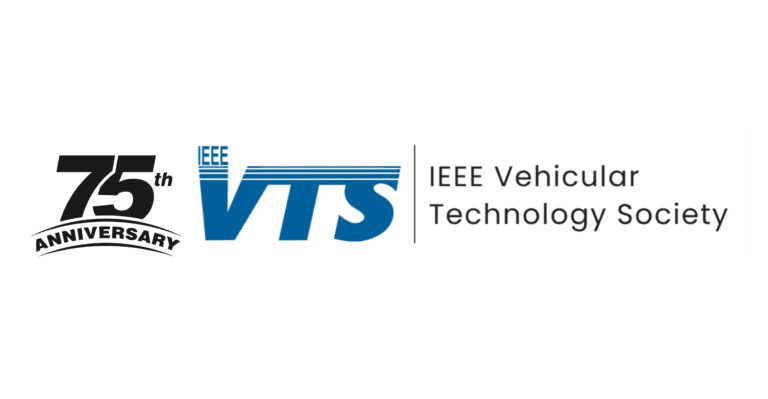IEEE wishes to congratulate the winners of the Nobel Prize in Physics and Chemistry as awarded by the Royal Swedish Academy of Sciences. The Nobel Prize is widely considered one of the world’s most prestigious awards and has been honoring individuals from around the world for outstanding achievements in physics, chemistry, physiology or medicine, literature and for work in peace since 1901. In celebration of this achievement by these scientists and authors, IEEE has developed a listing of some of the laureates’ published works for both Physics and Chemistry that include a sampling of articles related to these achievements in the IEEE Xplore Digital Library. All of the sample articles listed are available free to access for a limited period of time.
Winners in Physics
IEEE congratulates Ferenc Krausz, Pierre Agostini, and Anne L’Huillier on winning the 2023 Nobel Prize for Physics. The prize was awarded jointly to the three scientists “for experimental methods that generate attosecond pulses of light for the study of electron dynamics in matter.”
According to the announcement from the Nobel Foundation, the laureates’ contributions have “enabled the investigation of processes that are so rapid they were previously impossible to follow.”

It further explains that there are “potential applications in many different areas. In electronics, for example, it is important to understand and control how electrons behave in a material. Attosecond pulses can also be used to identify different molecules, such as in medical diagnostics.”
Winners in Chemistry
IEEE also congratulates Moungi G. Bawendi, Louis E. Brus, and Alexei I. Ekimov on winning the 2023 Nobel Prize for Chemistry. The prize was awarded jointly to the three scientists “for the discovery and development of quantum dots, nanoparticles so tiny that their size determines their properties.”
According to the announcement from the Nobel Foundation, the laureates’ contributions have “succeeded in producing particles so small that their properties are determined by quantum phenomena. The particles, which are called quantum dots, are now of great importance in nanotechnology. Quantum dots now illuminate computer monitors and television screens based on QLED technology. They also add nuance to the light of some LED lamps, and biochemists and doctors use them to map biological tissue.” It further explains that “in the future they could contribute to flexible electronics, tiny sensors, thinner solar cells and encrypted quantum communication.”.
You can find many more articles related to the topics of electron dynamics, attosecond pulses, quantum dots and related technologies in the IEEE Xplore Digital Library.





